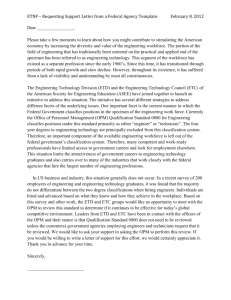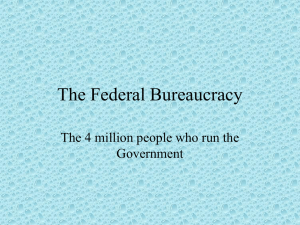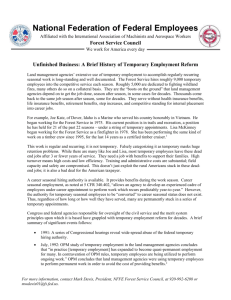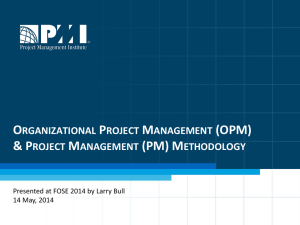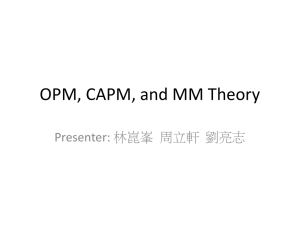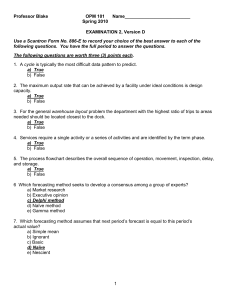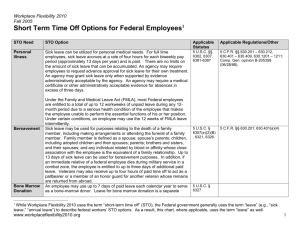CT Conservation & Development Plan: Hot Topics 2013
advertisement
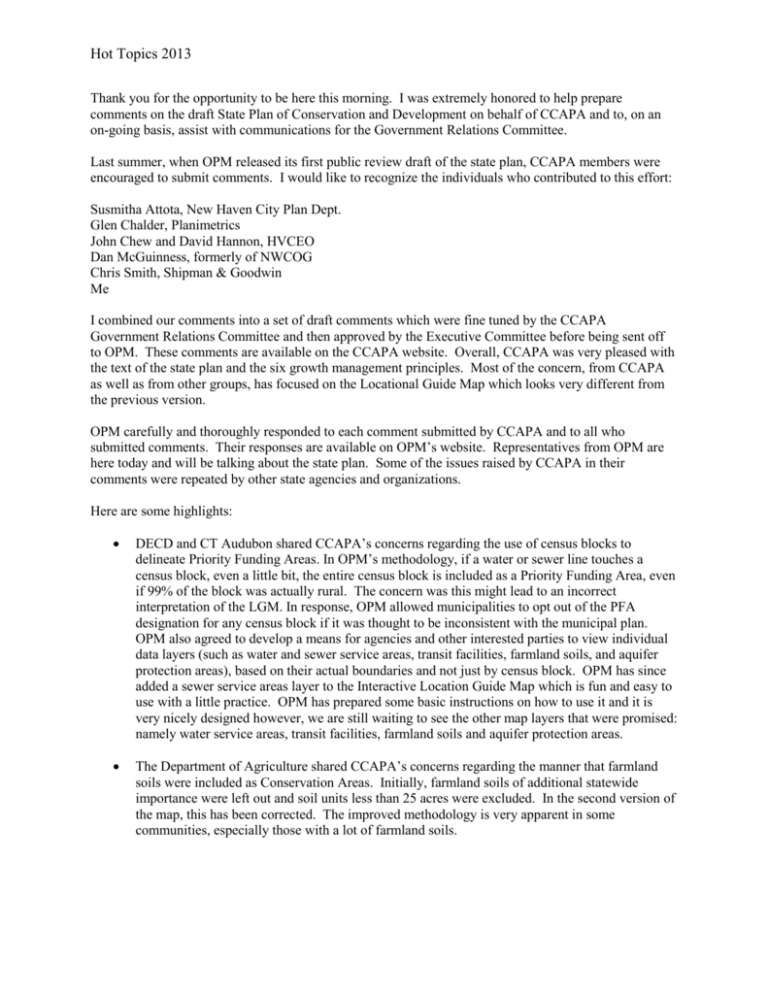
Hot Topics 2013 Thank you for the opportunity to be here this morning. I was extremely honored to help prepare comments on the draft State Plan of Conservation and Development on behalf of CCAPA and to, on an on-going basis, assist with communications for the Government Relations Committee. Last summer, when OPM released its first public review draft of the state plan, CCAPA members were encouraged to submit comments. I would like to recognize the individuals who contributed to this effort: Susmitha Attota, New Haven City Plan Dept. Glen Chalder, Planimetrics John Chew and David Hannon, HVCEO Dan McGuinness, formerly of NWCOG Chris Smith, Shipman & Goodwin Me I combined our comments into a set of draft comments which were fine tuned by the CCAPA Government Relations Committee and then approved by the Executive Committee before being sent off to OPM. These comments are available on the CCAPA website. Overall, CCAPA was very pleased with the text of the state plan and the six growth management principles. Most of the concern, from CCAPA as well as from other groups, has focused on the Locational Guide Map which looks very different from the previous version. OPM carefully and thoroughly responded to each comment submitted by CCAPA and to all who submitted comments. Their responses are available on OPM’s website. Representatives from OPM are here today and will be talking about the state plan. Some of the issues raised by CCAPA in their comments were repeated by other state agencies and organizations. Here are some highlights: DECD and CT Audubon shared CCAPA’s concerns regarding the use of census blocks to delineate Priority Funding Areas. In OPM’s methodology, if a water or sewer line touches a census block, even a little bit, the entire census block is included as a Priority Funding Area, even if 99% of the block was actually rural. The concern was this might lead to an incorrect interpretation of the LGM. In response, OPM allowed municipalities to opt out of the PFA designation for any census block if it was thought to be inconsistent with the municipal plan. OPM also agreed to develop a means for agencies and other interested parties to view individual data layers (such as water and sewer service areas, transit facilities, farmland soils, and aquifer protection areas), based on their actual boundaries and not just by census block. OPM has since added a sewer service areas layer to the Interactive Location Guide Map which is fun and easy to use with a little practice. OPM has prepared some basic instructions on how to use it and it is very nicely designed however, we are still waiting to see the other map layers that were promised: namely water service areas, transit facilities, farmland soils and aquifer protection areas. The Department of Agriculture shared CCAPA’s concerns regarding the manner that farmland soils were included as Conservation Areas. Initially, farmland soils of additional statewide importance were left out and soil units less than 25 acres were excluded. In the second version of the map, this has been corrected. The improved methodology is very apparent in some communities, especially those with a lot of farmland soils. Hot Topics 2013 OPM agreed with our concern that better guidance was needed on how to use the LGM so that state agencies could use it properly. They greatly expanded the section of the plan dedicated to this and they used the guidance language that they prepared for the Summer 2012 issue of CT Planning magazine. I believe they have also offered workshops to state agencies on how to use the plan. When CCAPA suggested that OPM consider the need for a formal statewide sewer management policy, and perhaps also a water supply management policy, and a management policy for all utilities that can foster greater development densities, OPM gave CCAPA a challenge: They said such a formal statewide utility management policy would likely require a modification to the municipal planning statutes to tie sewer and water plans into local Plan’s of Conservation and Development- an intriguing thought worth considering, even if that is not exactly was we had in mind. Lastly, OPM confirmed that the state has no specific implementation strategy for the plan. If looked upon negatively, the newly adopted plan might be thought of as a passive tool with limited applications for responsible growth but perhaps this is another challenge. Perhaps thoughtful CT planners may be of assistance to the Office of Policy and Management in the future strategic implementation of the Conservation and Development Policies Plan for CT, our most important statewide planning document. Thank you.

